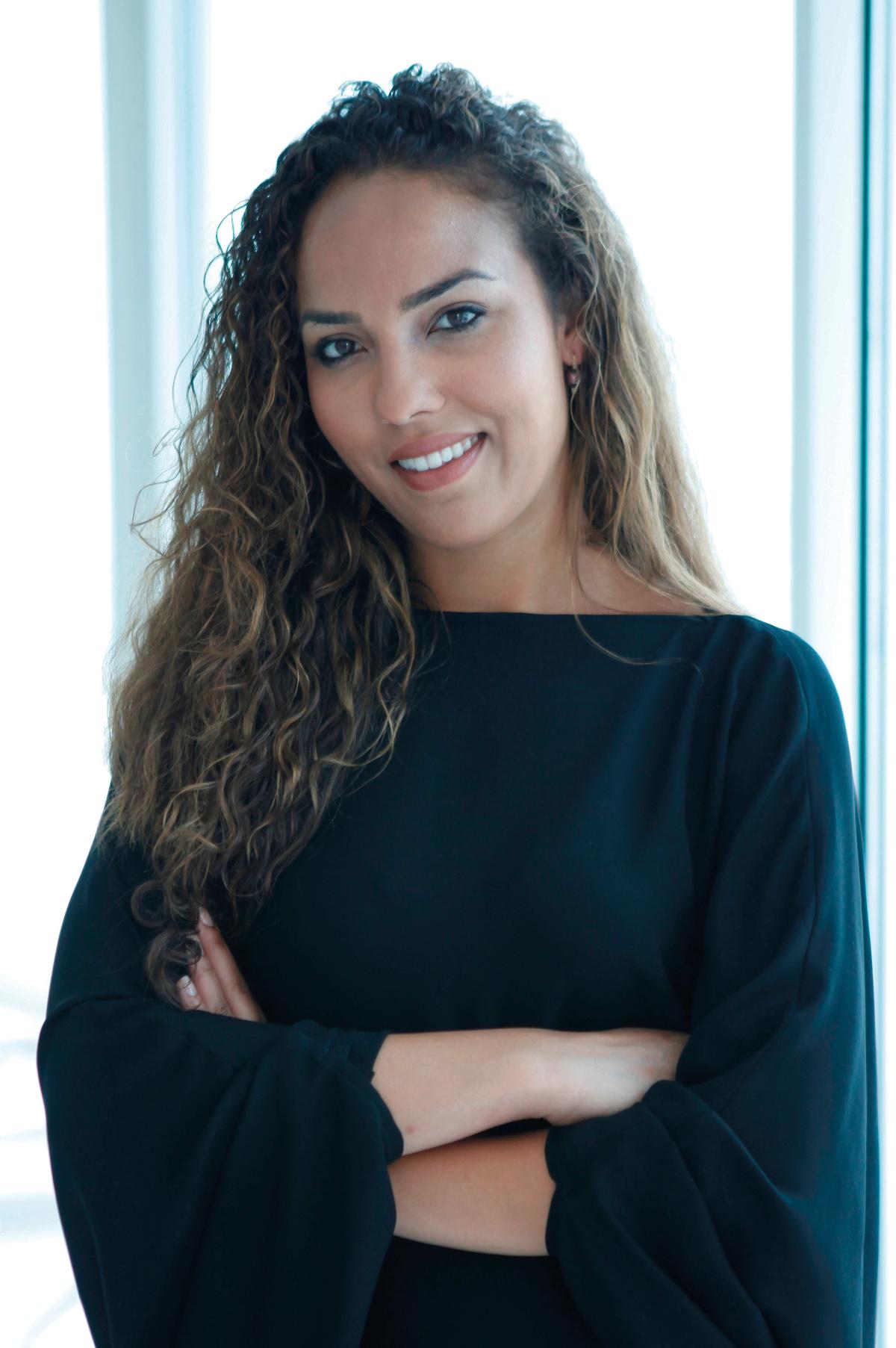The collecting habits of the art patron and consultant Alia Al-Senussi were once described by her close friend as “collecting experiences”. Al-Senussi agrees: “I collect a life for myself and for my loved ones that is centered around art and the art world,” she says. Born in the US into a royal family that once ruled Libya, Al-Senussi has a particular interest in art and artists from the Middle East, and currently serves as Art Basel’s UK, Middle East and North Africa representative.
Now based in London, Al-Senussi has just received her PhD from the School of Oriental and African Studies in London, looking at power and cultural patronage, and using Saudi Arabia as a case study. She also works with the Milken Institute as their adviser for arts and culture.
The Art Newspaper: How did you first get into collecting?
Alia Al-Senussi: The works in my home are those that remind me of the artists who are my friends and collaborators, the institutional shows I have supported, my art pilgrimages, and the people who make a positive impact on my life.
What was the first piece of art that you bought?
Something unbelievably random at the Arco Madrid fair: a maroon-coloured woodcut that is now in storage. But I suppose it allowed me the mental space for my first real piece, which is something that will remain with me forever: a Walid Raad/Atlas Group work from the Missing Lebanese Wars series, which I acquired from Anthony Reynolds at Art Basel.
The work represents all that I love in my friends and all that I love in general, as an American who is deeply troubled by what is happening in my country.
What is the most recent work you have bought?
For my 30th birthday, my friends worked with Taryn Simon to present me with a work from her Contraband series (if you know me at all you’ll also understand the irony of that). For my 35th birthday, I decided to throw a wedding for myself in Marrakech—mostly to celebrate 1-54 fair’s African debut, but also as an excuse to bring my crew to the Arab world. My friends gave me a Robert Mapplethorpe 1980 photograph of Lisa Lyon, the first World Women’s Bodybuilding Champion and a photo model. The accompanying note said: “It epitomises strength, independence, resilience and beauty—basically it’s an image of you!” There’s a copy of this work in the Guggenheim collection, which I work closely with. The work represents all that I love in my friends and all that I love in general, as an American who is deeply troubled by what is happening in my country.
What is the most expensive work in your collection?
Let’s reinterpret expensive and say that among my most treasured works (besides my birthday gifts) is a schematic drawing on an Arts Club napkin by Theaster Gates of his first White Cube show. I’ve framed it in a double-sided box with the Bloomington, Minneapolis, Police Department pen that I gave him to draw it.
If your house was on fire, which work would you save?
My mother’s ivory—part of her previous life with my father and a part of our life story from Egypt and beyond.
If money was no object, what would be your dream purchase?
A soothing Rothko.
Which work in your collection requires the most maintenance?
I have not yet arrived at that point in my life, but perhaps it will be my Campana Brothers animal chair, as I truly believe that it is something to be used and utilised.
What is the most surprising place you have displayed a work?
Display is probably not the right word, but you can “discover” work under my beloved futon and every couch and chair.
Which artists, dead or alive, would you invite to your dream dinner party?
Georgia O’Keeffe, Maha Malluh and Hassan Hajjaj—at [James Turrell’s] Roden Crater [in Arizona].
Which purchase do you most regret?
None, it doesn’t cross my mind. Although my mother does harass me about a particularly graphic work on my wall—I hid it behind a door so she doesn’t have to see it when she’s home with me.


